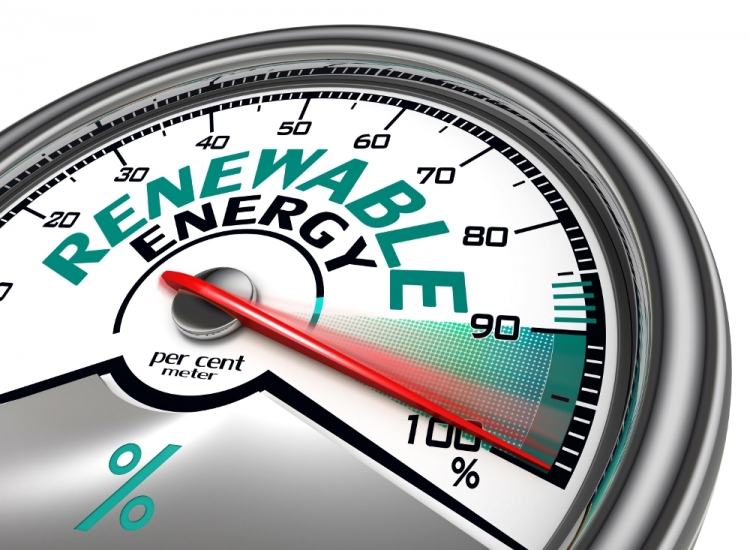Key Findings
1. A 100% renewable energy system enables the EU to become climate neutral before
2050, complying with an ambitious 1.5°C Paris Agreement target, and without
resorting to carbon sinks.
SolarPower Europe and LUT’s modelling shows that it is possible for Europe to reach
100% renewables by 2050 in a Moderate scenario, and by 2040 in a Leadership scenario.
2. A 100% renewable energy system is the most cost-effective way of becoming climate
neutral by 2050.
The cumulative costs of achieving a 100% renewable energy by 2050 in the Moderate
scenario are 6% lower than the cost of inadequate action in the less ambitious Laggard
scenario, which reaches only 62% renewables by 2050, thus missing both the targets
of European climate neutrality and the Paris Agreement.
3. A 100% renewable energy system is primarily a solar story.
In both of the modelled 100% renewable scenarios, solar generates more than 60%
of EU electricity by 2050. In the long run, solar and wind are the two main pillars of
the European energy transition. Due to its higher capacity factors, wind energy
provides the highest shares of electricity generation up to 2030, however, solar’s
versatility and cost-competitiveness will make it the main source of electricity
generation from 2030 onwards.
4. A 100% renewable transition triggers the sharpest decline in
GHG emissions.
Following the path of the 100% renewable scenarios (Moderate and
Leadership), GHG emissions will decline by over 60% (from 1990)
by 2030, and down to zero in 2050, or even 2040 in the Leadership
scenario. In the least ambitious Laggard scenario, Europe reaches
only 53% CO2 emission reductions in 2030, and still emits
approximately 800 million tonnes of CO2 (MtCO2eq) per year.
5. A high rate of electrification is essential to achieving a 100%
renewable and integrated energy system.
The drive towards electrification of about 85% in the 100%
renewable scenarios enhances sectoral integration, resulting
in significant system efficiency gains, thus lowering the cost of
the transition.
6. Electrolysers for hydrogen production are a crucial
technology for a 100% renewable energy system.
From 2030 onwards, renewable hydrogen contributes to the full
decarbonisation of the heat and transport sectors, becoming
Europe’s second key energy carrier. In the Leadership scenario,
by 2040 Europe can even become an exporter of renewable
hydrogen’s product, synthetic fuels.
7. Batteries provide the bulk of electricity storage in a 100%
renewable energy system.
As the share of solar and wind increases significantly beyond
2030, electricity storage becomes crucial in providing an
uninterrupted energy supply, backing up to 24% of European
electricity demand. As the most cost-efficient storage technology,
batteries will contribute up to 98% of electricity storage.
8. A 100% renewable transport sector needs significant
synthetic fuels for marine and aviation.
From an only 8% share of renewables today, the transport
sector has the longest way to go to reach 100% renewables in
Europe. Direct electrification emerges as the most efficient
solution to decarbonise road transport, but the aviation and
marine sectors will rely heavily on renewable synthetic fuels
(hydrogen, methane and power-to-liquids).
9. Heat pumps emerge as core part of a 100% renewable energy
system, with over 60% share of heat generation by 2050.
While final heat demand will grow most compared to the other
sectors, by 2050, European heat generation capacity is
dominated by heat pumps and direct electric heating solutions.
You can find the full report here.
